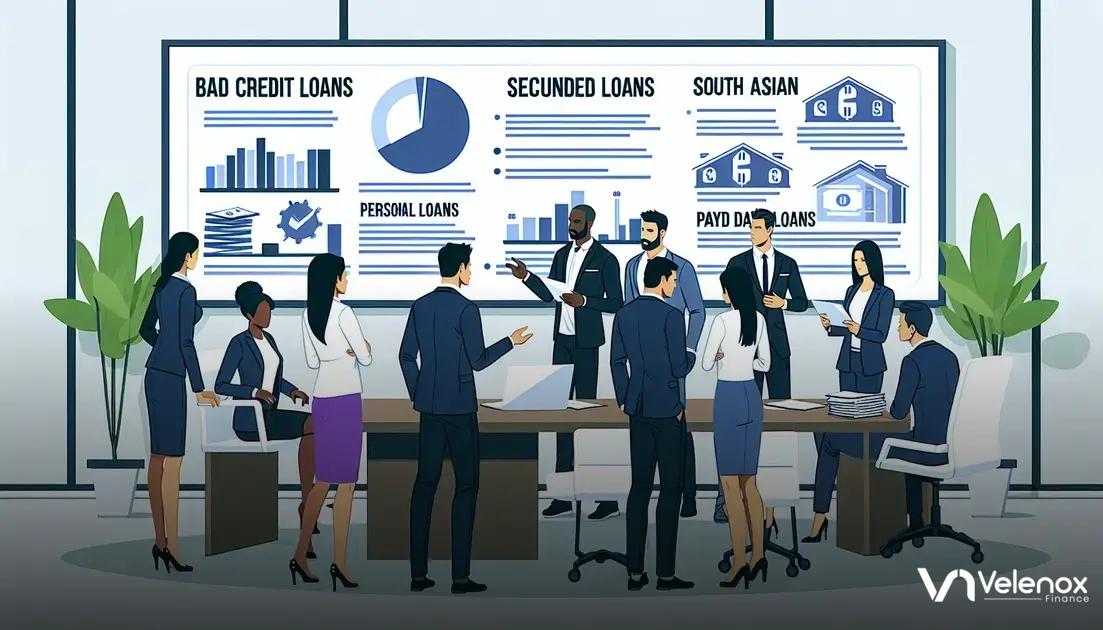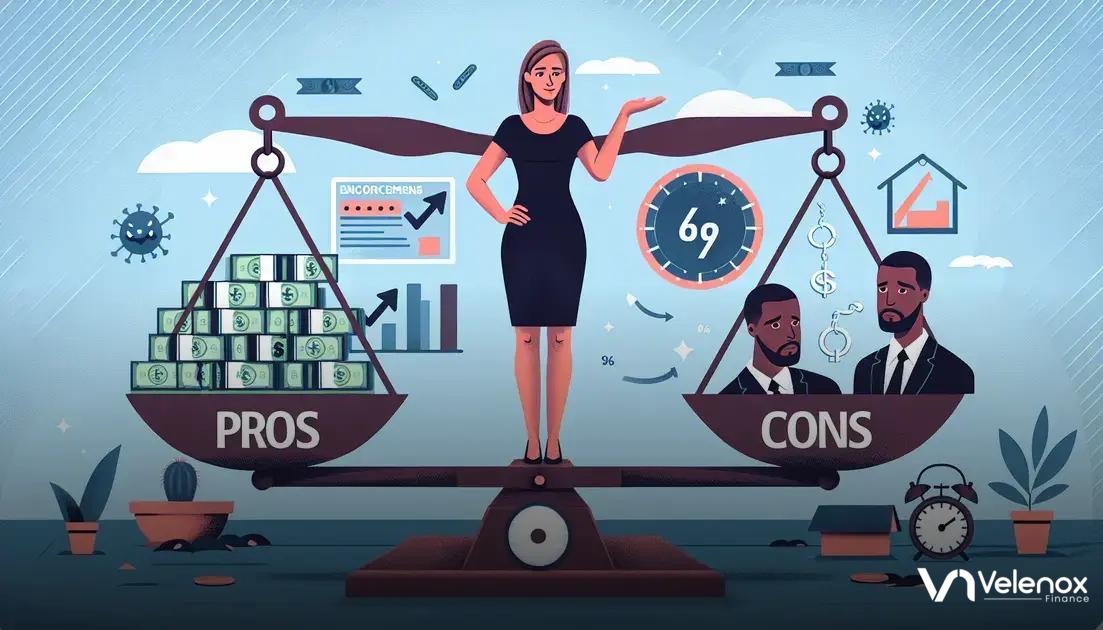If you’re struggling to get approved for traditional loans, bad credit loans can be a viable alternative. Whether you have poor credit history or a low credit score, there are options available to help you secure the funds you need.
Understanding Bad Credit Loans
Bad credit loans are designed for individuals with a low credit score. These loans offer a lifeline when traditional lenders aren’t an option. Individuals with a credit score below 580 are typically considered to have bad credit. However, there are many ways to still secure a loan despite this score.
How Do Bad Credit Loans Work?
These loans often come with higher interest rates and can have shorter repayment terms. They serve as a bridge to help you manage financial crises or improve your credit score over time. Keep in mind that lenders will evaluate your financial history and ability to repay the loan.
Factors to Consider
It’s essential to review the terms and conditions of bad credit loans carefully. Check for any hidden fees or prepayment penalties. Ensure that you fully understand the repayment schedule and interest rates. Always compare multiple loan offers to find the best terms to fit your financial situation.
ADVERTISEMENT
Common Types
Secured and unsecured loans are the most common types available for those with bad credit. Secured loans require collateral, such as a car or home, which can lower the interest rates. Unsecured loans do not require collateral but usually come with higher interest rates and stricter terms.
Types of Bad Credit Loans Available

When you have bad credit, finding a suitable loan can be challenging, but several options are available to help you secure the funds you need. One of the primary options is a personal loan for bad credit, which is often unsecured and can be used for various purposes.
Secured Loans
These loans require collateral, such as your car or home, making them less risky for lenders and potentially easier to obtain. Another alternative is a payday loan, offering quick, short-term funding but usually with high interest rates and fees.
For those in need of a smaller amount, a credit union loan might be ideal as credit unions often offer more favorable terms to their members. Additionally, peer-to-peer (P2P) lending platforms match borrowers with individual investors, sometimes providing more flexible terms. If owned property is not an option, a title loan might be suitable, where the title of your vehicle secures the loan. Lastly, bad credit installment loans can be considered; they spread the repayments over a set term, helping to make payments more manageable.
How to Qualify for a Bad Credit Loan
To qualify for a bad credit loan, it’s important to understand the requirements and take certain steps to improve your chances. Start by checking your credit score and report. Knowing where you stand can help you target lenders who accept low credit scores. Many lenders only need a minimum score, typically around 580.
Next, gather the necessary documents, such as proof of income, employment history, and identification. Lenders want to see that you have a reliable income source and stable job history. This information builds trust and shows you are capable of repaying the loan.
Consider providing collateral if possible. Secured loans often come with more lenient qualifications since the lender has something to recoup if you default. Collateral can be anything from a car to a piece of property.
Another strategic approach is to apply with a cosigner. A cosigner with a higher credit score can significantly improve your chances of approval. Ensure your cosigner understands their responsibility, as they will be liable if you fail to make payments.
Lastly, shop around and compare offers from multiple lenders. Each lender has different criteria, fees, and interest rates. By comparing, you can find the best option that fits your financial situation.
Pros and Cons of Bad Credit Loans

Pros
Increased Accessibility: Bad credit loans are available to individuals who might not qualify for traditional loans due to poor credit scores. This means more people have access to the funds they need when they need them most.
Quick Approval: Many bad credit loan providers offer fast approval processes, ensuring that borrowers receive their funds quickly. This can be crucial in emergency situations where money is needed urgently.
Flexible Terms: Some lenders provide flexible repayment options, allowing borrowers to choose a plan that suits their financial situation. This can make it easier to manage repayments and avoid defaulting on the loan.
Cons
Higher Interest Rates: One of the main downsides of bad credit loans is the higher interest rates associated with them. Lenders charge more to offset the risk of lending to individuals with poor credit histories.
Shorter Repayment Periods: Some bad credit loans have shorter repayment terms, which can lead to higher monthly payments. Borrowers need to ensure they can handle these payments to avoid further financial strain.
Potential for Scams: The desperation to secure a loan can make borrowers more vulnerable to scams. It’s important to research and choose reputable lenders to avoid falling victim to fraudulent schemes.
Limited Loan Amounts: Bad credit loans often come with lower maximum loan amounts compared to traditional loans. This might not meet the financial needs of some borrowers of larger sums.
Weighing these pros and cons can help individuals make informed decisions about whether a bad credit loan is the right option for their financial situation.
Tips for Improving Your Credit Score
Review Your Credit Report: Regularly check your credit report for inaccuracies or outdated information. Dispute errors with credit agencies to improve your score quickly.
Pay Bills on Time: Timely payment of your bills is crucial. Set up reminders or automatic payments to ensure you never miss a due date.
Reduce Debt: Focus on paying down high-interest debt first. Create a budget to manage your expenses and allocate extra funds towards reducing your balances.
Limit New Credit Inquiries: Each credit application can lower your score. Be selective about applying for new credit and only apply when necessary.
Increase Credit Limits: Request a credit limit increase from your card issuers. A higher limit can lower your credit utilization ratio, positively affecting your score.
Keep Old Accounts Open: Don’t close old credit accounts. Length of credit history impacts your score, and older accounts benefit your rating.
Use a Mix of Credit Types: Diversify your credit portfolio with a blend of installment loans and revolving credit. This shows lenders you can manage different credit forms responsibly.
Monitor Your Credit Utilization: Keep your credit utilization ratio below 30%. Paying down balances and refraining from maxing out your credit cards helps maintain a healthy score.





